Fragile X syndrome
Recent articles
Targeting NMDA receptor subunit reverses fragile X traits in mice
The subunit acts as a “volume control” on signaling that shapes the density of dendritic spines, the new work suggests.
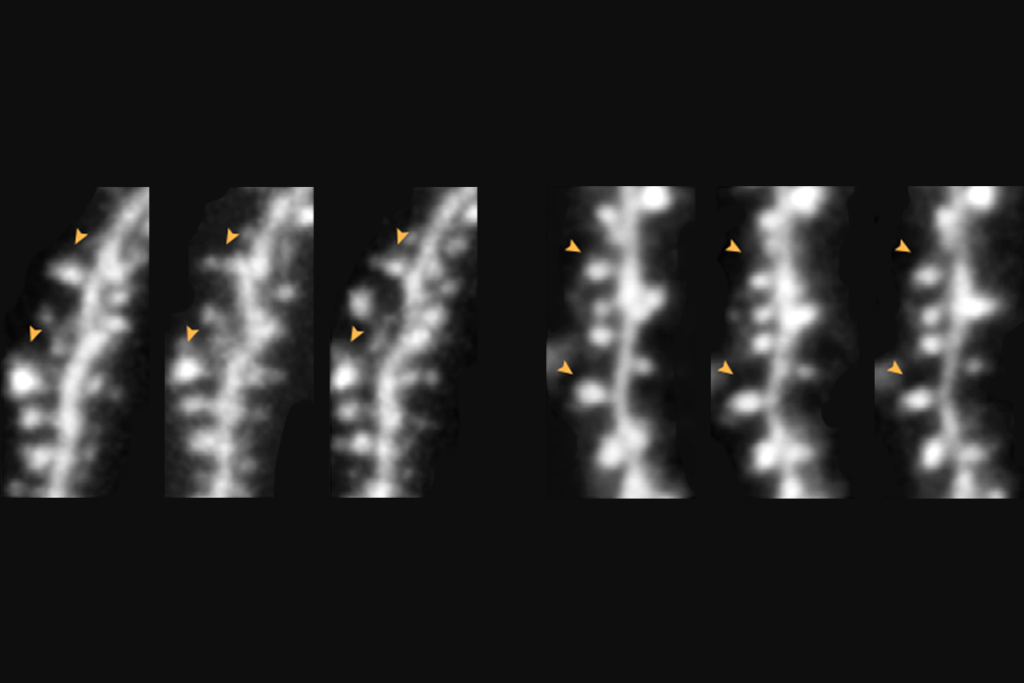
Targeting NMDA receptor subunit reverses fragile X traits in mice
The subunit acts as a “volume control” on signaling that shapes the density of dendritic spines, the new work suggests.
Understanding fragile X syndrome
Just in time for Fragile X Awareness Month, The Transmitter rounds up notable coverage.
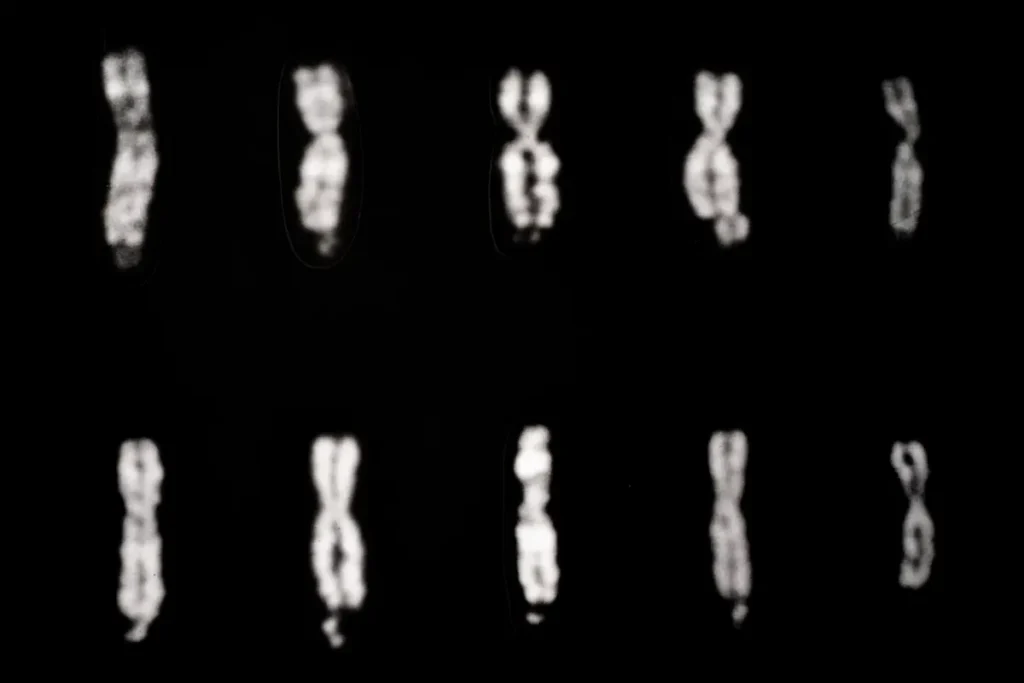
Understanding fragile X syndrome
Just in time for Fragile X Awareness Month, The Transmitter rounds up notable coverage.
Noisy brain may underlie some of autism’s sensory features
Random fluctuations in neuronal activity are more variable in a fragile X mouse model than in wildtype mice.
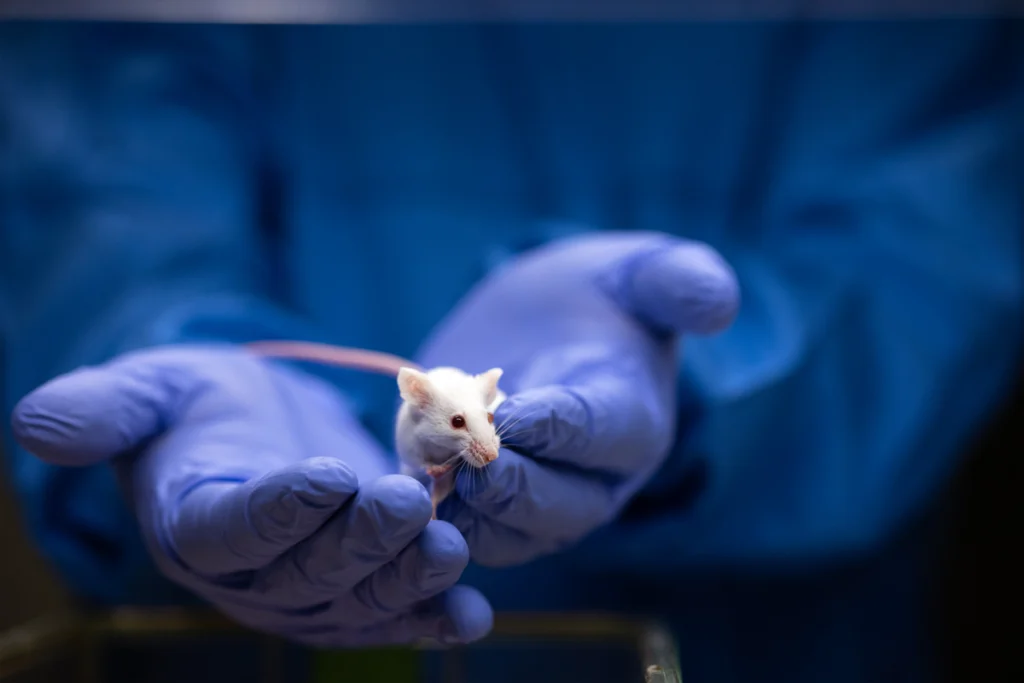
Noisy brain may underlie some of autism’s sensory features
Random fluctuations in neuronal activity are more variable in a fragile X mouse model than in wildtype mice.
Autism research hits the road
Some scientists are thinking creatively about how to collect data in flexible environments and meet communities where they’re at.
Autism research hits the road
Some scientists are thinking creatively about how to collect data in flexible environments and meet communities where they’re at.
‘Social touch’ responses in mice gauged with unprecedented control
A new tool could help decipher the brain circuits underlying aversion to social touch, which is common in people with autism.
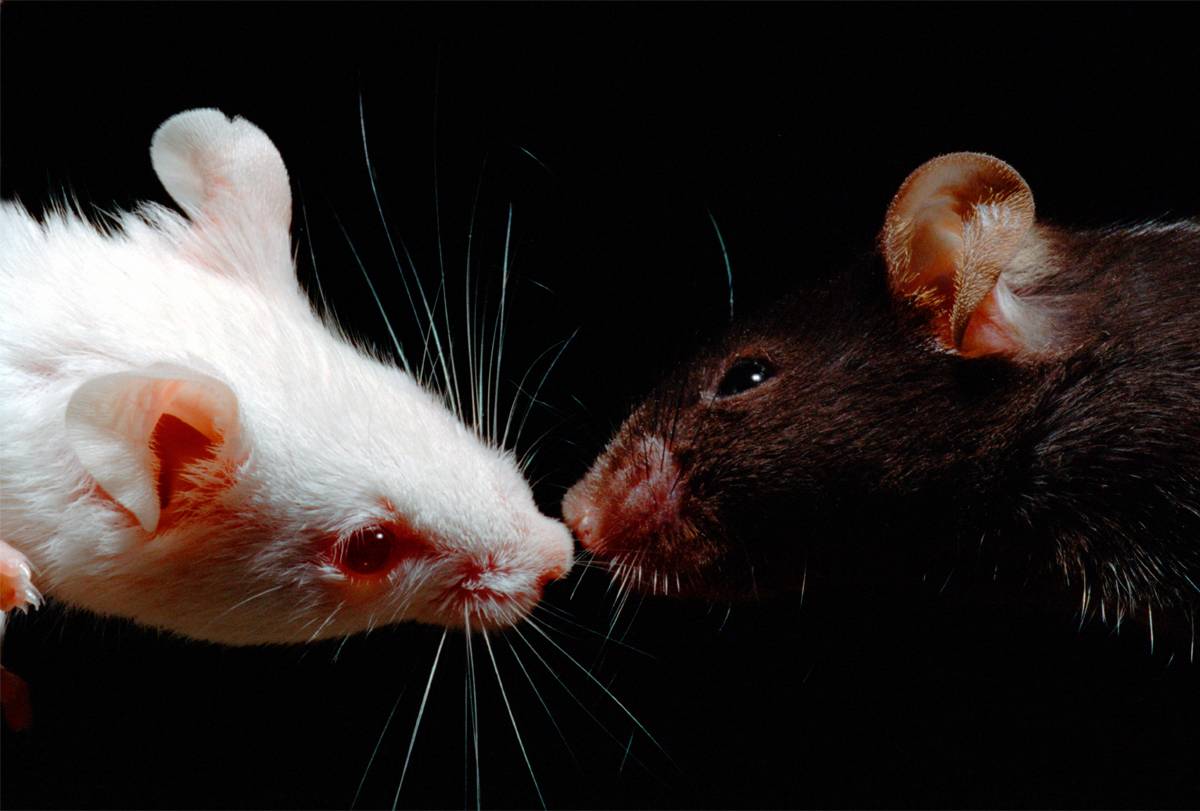
‘Social touch’ responses in mice gauged with unprecedented control
A new tool could help decipher the brain circuits underlying aversion to social touch, which is common in people with autism.
Skewed signaling in striatum may spawn repetitive behaviors
Synaptic changes in the brain region could drive a core trait of fragile X syndrome, a new mouse study suggests.
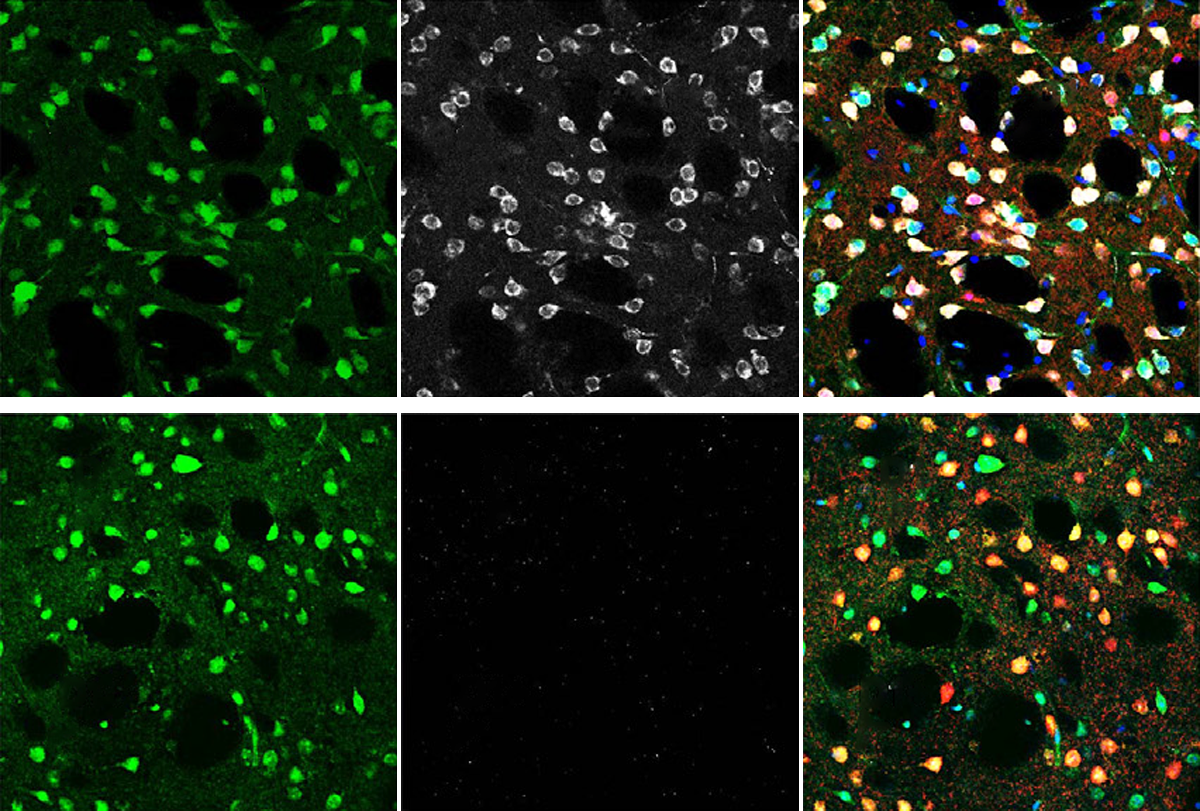
Skewed signaling in striatum may spawn repetitive behaviors
Synaptic changes in the brain region could drive a core trait of fragile X syndrome, a new mouse study suggests.
Neuronal deafness to stress may add to protein surplus in fragile X
A protective pathway that pauses protein synthesis is muted in a mouse model of fragile X syndrome, according to a new study.
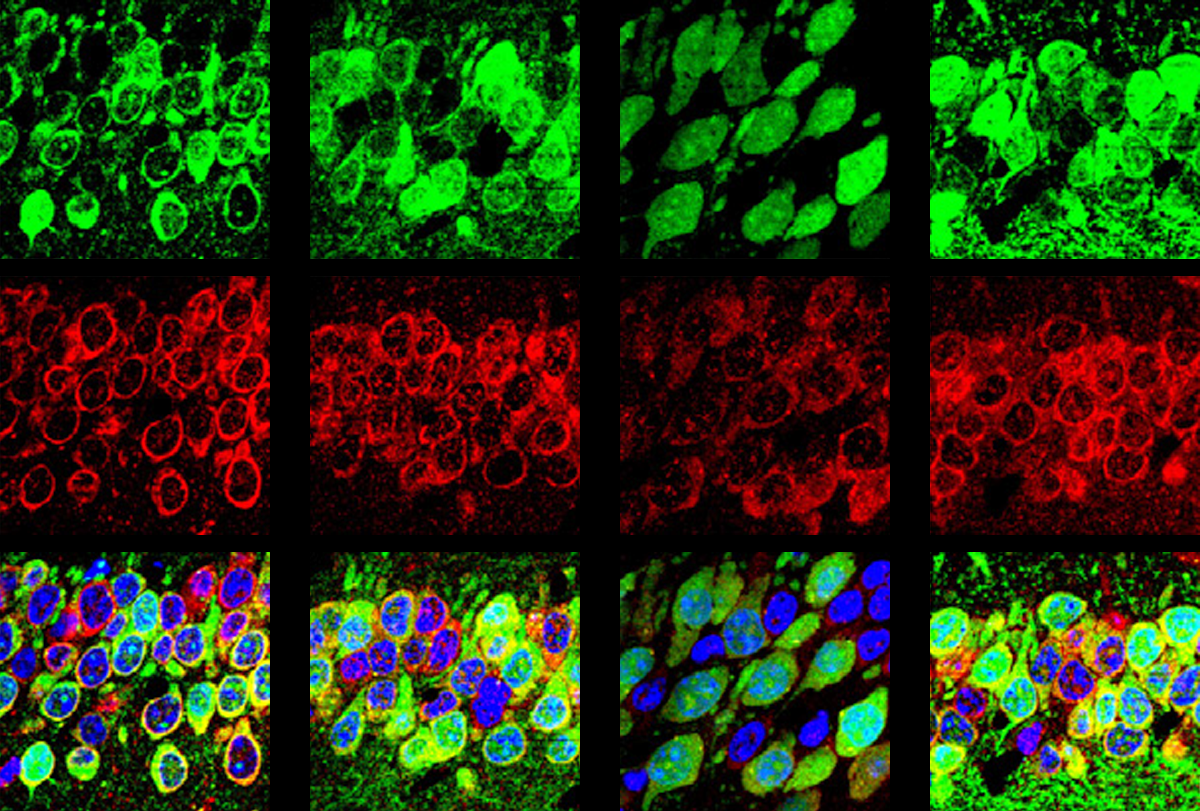
Neuronal deafness to stress may add to protein surplus in fragile X
A protective pathway that pauses protein synthesis is muted in a mouse model of fragile X syndrome, according to a new study.
Is excess brain fluid an early marker of autism?
Brain scans of hundreds of infants suggest that up to 80 percent of those with autism have unusual amounts of cerebrospinal fluid. Researchers are studying how this might contribute to the condition.
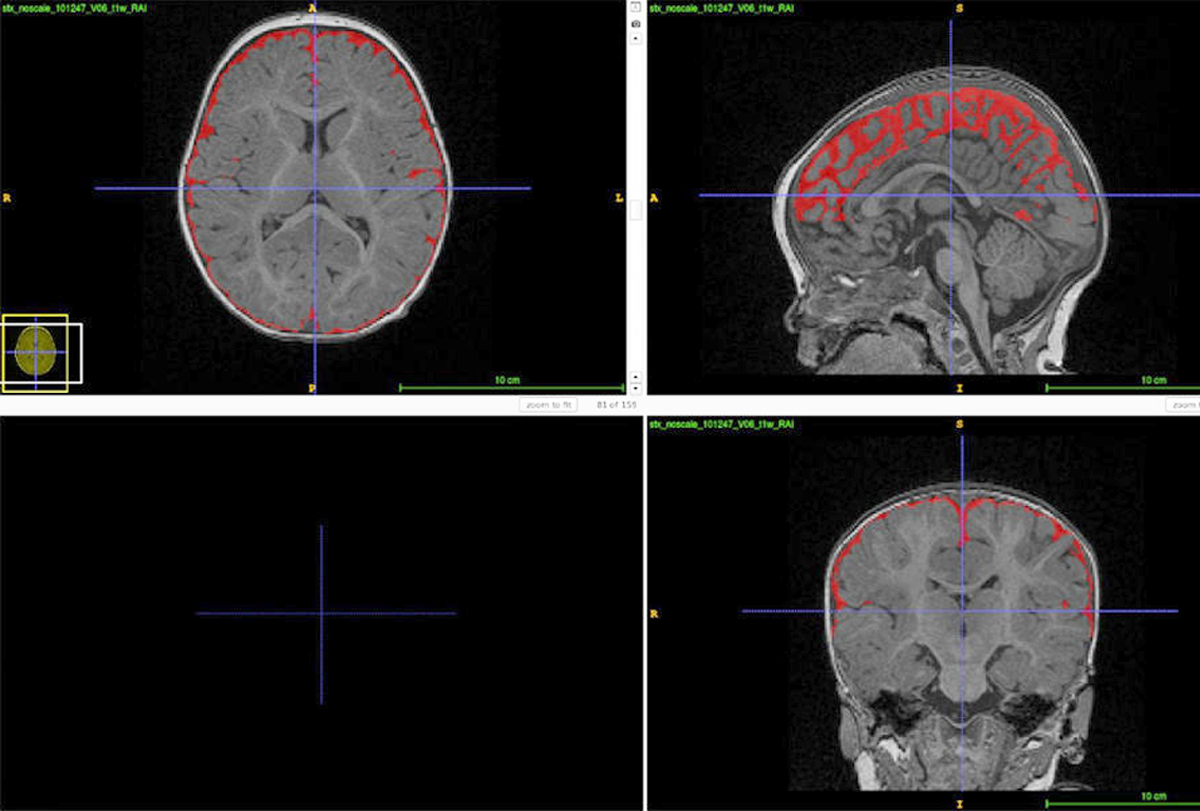
Is excess brain fluid an early marker of autism?
Brain scans of hundreds of infants suggest that up to 80 percent of those with autism have unusual amounts of cerebrospinal fluid. Researchers are studying how this might contribute to the condition.
Prenatal exposures; Angelman trial suspension; autistic adult well-being
This month’s issue of the Null and Noteworthy newsletter breaks down some negative results involving prenatal exposures, an experimental treatment for Angelman syndrome, and the role that age at autism diagnosis plays in subsequent outcomes, and more.
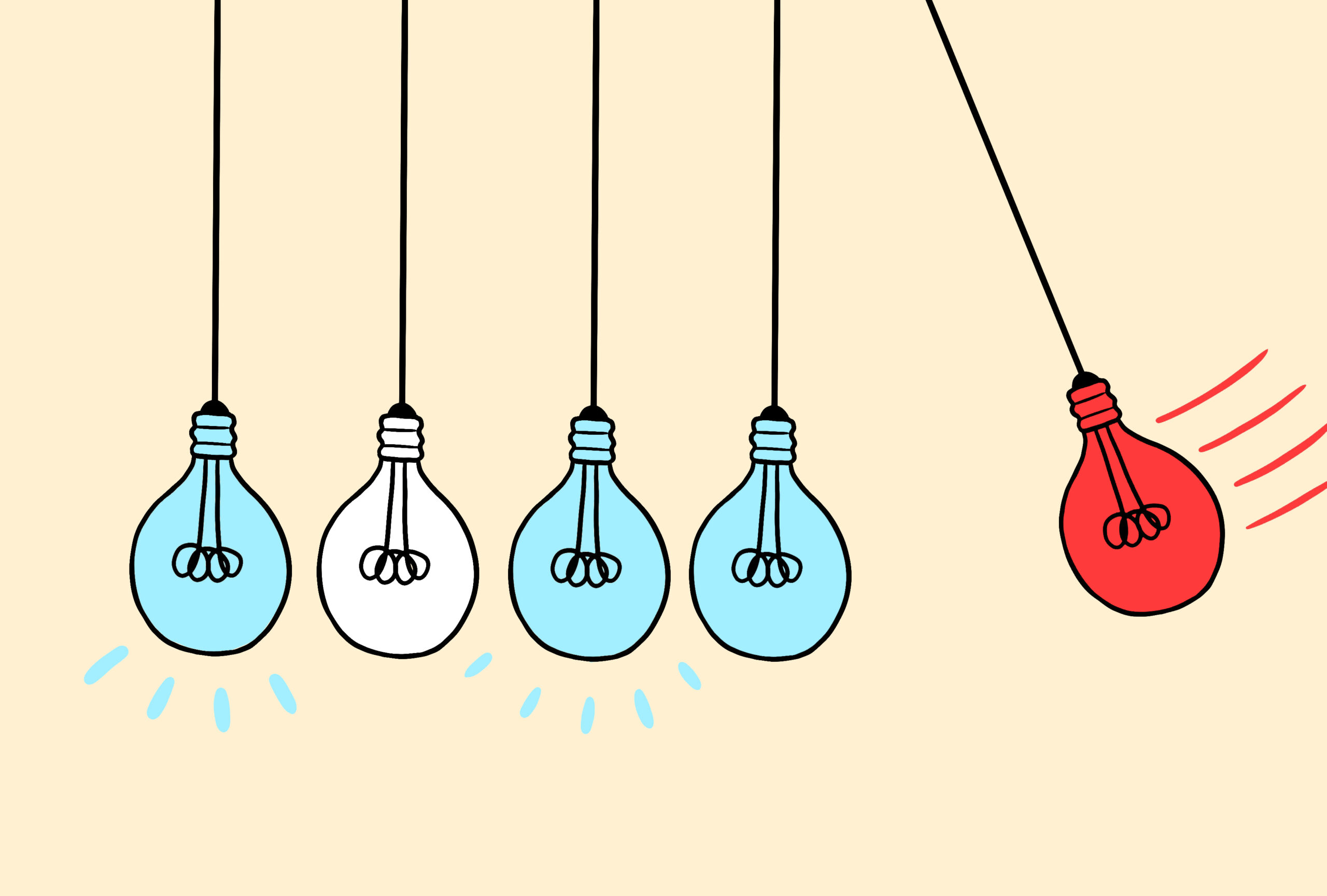
Prenatal exposures; Angelman trial suspension; autistic adult well-being
This month’s issue of the Null and Noteworthy newsletter breaks down some negative results involving prenatal exposures, an experimental treatment for Angelman syndrome, and the role that age at autism diagnosis plays in subsequent outcomes, and more.
Timing is key in treating sensory traits in fragile X
An experimental drug improves sensory sensitivities in fragile X model mice — but only if it's administered after certain brain circuits have formed, according to a new unpublished study.
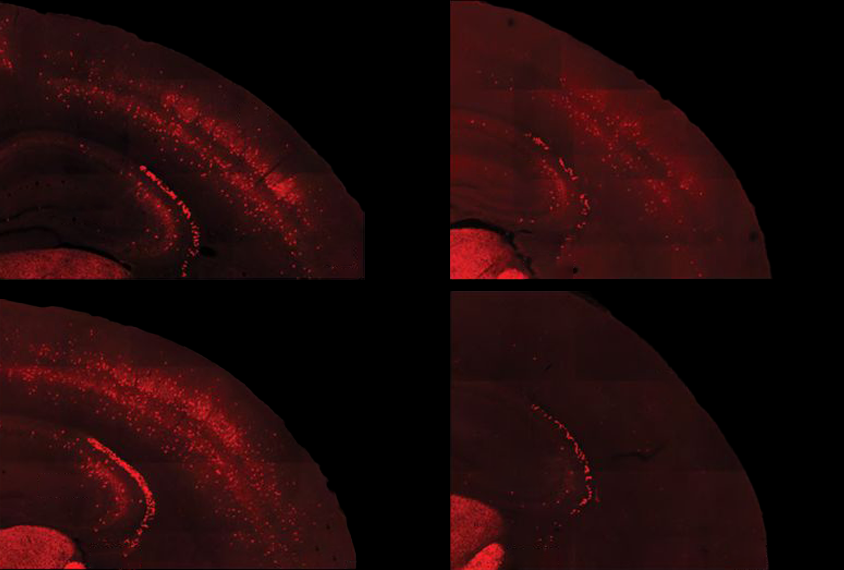
Timing is key in treating sensory traits in fragile X
An experimental drug improves sensory sensitivities in fragile X model mice — but only if it's administered after certain brain circuits have formed, according to a new unpublished study.
Explore more from The Transmitter
Learning scientific rigor: Q&A with Konrad Kording and Hao Ye
The developers of a new open-access curriculum to teach rigor discuss confirmation bias and other common errors in scientific thinking, plus ways to avoid these missteps.

Learning scientific rigor: Q&A with Konrad Kording and Hao Ye
The developers of a new open-access curriculum to teach rigor discuss confirmation bias and other common errors in scientific thinking, plus ways to avoid these missteps.
This paper changed my life: Stephanie Palmer on the ties between human speech and birdsong—and her ‘informal life coach’
A groundbreaking review by Allison Doupe, who was Palmer’s mentor, and Patricia Kuhl helped shape the field’s understanding of the neural and evolutionary dynamics of speech.

This paper changed my life: Stephanie Palmer on the ties between human speech and birdsong—and her ‘informal life coach’
A groundbreaking review by Allison Doupe, who was Palmer’s mentor, and Patricia Kuhl helped shape the field’s understanding of the neural and evolutionary dynamics of speech.
Restoring excitation-inhibition balance in a mouse model of autism; and more
Here is a roundup of autism-related news and research spotted around the web for the week of 17 March.
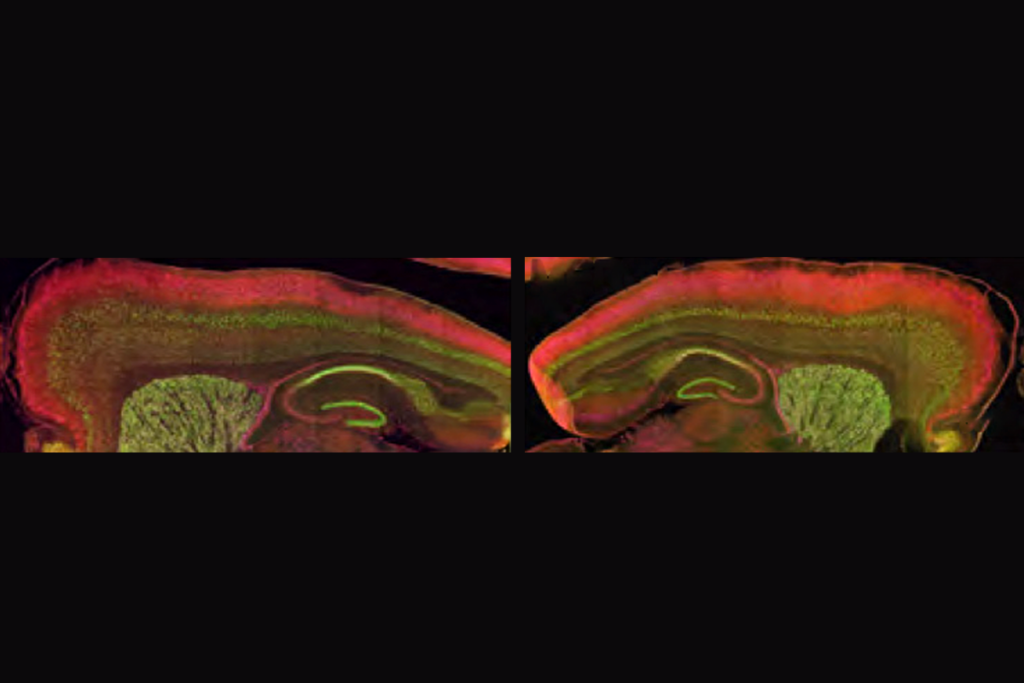
Restoring excitation-inhibition balance in a mouse model of autism; and more
Here is a roundup of autism-related news and research spotted around the web for the week of 17 March.